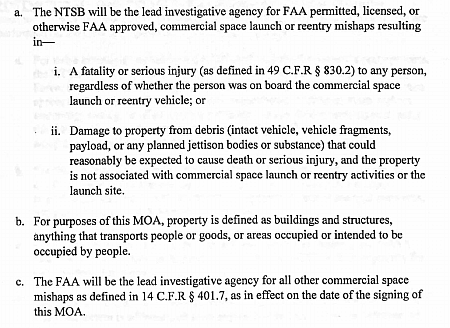Update on CAPSTONE, still in safe mode
According to a detailed update from Advanced Space, the private company operating CAPSTONE for NASA, engineers have partly recovered control of the spacecraft after an anomaly had caused it to tumble and lose power.
It appears the problem that occurred on September 8th near the end of an mid-course correction engine burn was more serious that NASA initially revealed. CAPSTONE was tumbling out-of-control, its use of power was exceeding the power the solar panels were generating (draining its batteries), and the computer was periodically rebooting.
Since then engineers at Advanced have managed to stabilize the tumbling so that the spacecraft’s batteries were gaining power rather than losing it. Communications were re-established and the computer was also stabilized so that the spacecraft was able to get into a good safe mode. It remains however in a poor orientation that limits communications, power, and prevents proper operations.
While work is ongoing to diagnose the cause of the anomaly, the team is preparing the spacecraft to attempt a detumble operation to regain attitude control of the vehicle. This detumble operation was successfully demonstrated after separation from the launch vehicle in July. A successful detumble will result in the vehicle resuming control of its orientation, orienting the solar panels to the Sun to fully charge the batteries of the power used during the detumble. The spacecraft will then orient to the ground and await further instructions.
When this operation will occur was not stated, but it certainly will take place as soon as possible.
According to a detailed update from Advanced Space, the private company operating CAPSTONE for NASA, engineers have partly recovered control of the spacecraft after an anomaly had caused it to tumble and lose power.
It appears the problem that occurred on September 8th near the end of an mid-course correction engine burn was more serious that NASA initially revealed. CAPSTONE was tumbling out-of-control, its use of power was exceeding the power the solar panels were generating (draining its batteries), and the computer was periodically rebooting.
Since then engineers at Advanced have managed to stabilize the tumbling so that the spacecraft’s batteries were gaining power rather than losing it. Communications were re-established and the computer was also stabilized so that the spacecraft was able to get into a good safe mode. It remains however in a poor orientation that limits communications, power, and prevents proper operations.
While work is ongoing to diagnose the cause of the anomaly, the team is preparing the spacecraft to attempt a detumble operation to regain attitude control of the vehicle. This detumble operation was successfully demonstrated after separation from the launch vehicle in July. A successful detumble will result in the vehicle resuming control of its orientation, orienting the solar panels to the Sun to fully charge the batteries of the power used during the detumble. The spacecraft will then orient to the ground and await further instructions.
When this operation will occur was not stated, but it certainly will take place as soon as possible.

